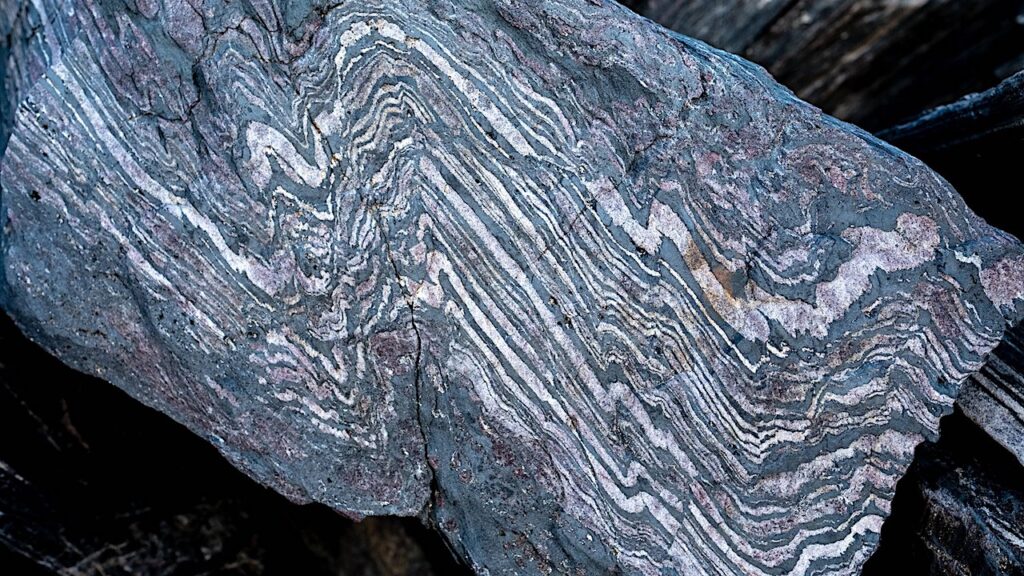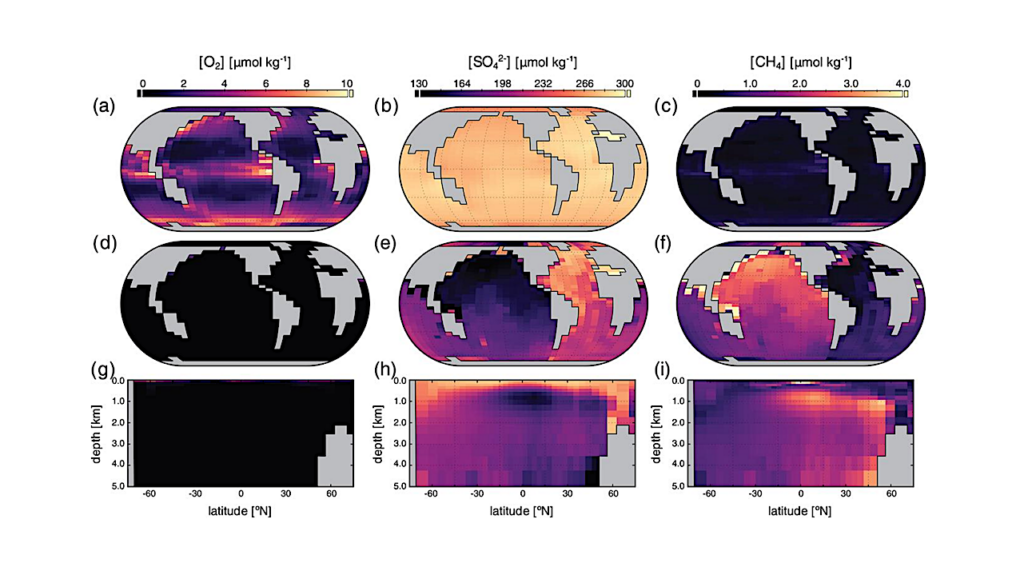The Pressure and Temperature Limits of Likely Rocky Exoplanets

The interior composition of exoplanets is not observable, limiting our direct knowledge of their structure, composition, and dynamics.
Recently described observational trends suggest that rocky exoplanets, that is, planets without significant volatile envelopes, are likely limited to <1.5 Earth radii. We show that given this likely upper limit in the radii of purely-rocky super-Earth exoplanets, the maximum expected core-mantle boundary pressure and adiabatic temperature is relatively moderate, 630 GPa and 5000 K, while the maximum central core pressure varies between 1.5 and 2.5 TPa. We further find that for planets with radii less than 1.5 Earth radii, core-mantle boundary pressure and adiabatic temperature are mostly a function of planet radius and insensitive to planet structure.
The pressures and temperatures of rocky exoplanet interiors, then, are less than those explored in recent shock-compression experiments, ab-initio calculations, and planetary dynamical studies. We further show that the extrapolation of relevant equations of state does not introduce significant uncertainties in the structural models of these planets. Mass-radius models are more sensitive to bulk composition than any uncertainty in the equation of state, even when extrapolated to TPa pressures.
Cayman T. Unterborn, Wendy R. Panero
(Submitted on 16 May 2019)
Comments: 27 Pages, 8 Figures, Accepted to JGR Planets
Subjects: Earth and Planetary Astrophysics (astro-ph.EP)
Cite as: arXiv:1905.06530 [astro-ph.EP] (or arXiv:1905.06530v1 [astro-ph.EP] for this version)
Submission history
From: Cayman Unterborn
[v1] Thu, 16 May 2019 05:11:50 UTC (3,296 KB)
https://arxiv.org/abs/1905.06530
Astrobiology








